
By Augusto Gomes
Writer and Photographer29 Jan 2020 - 5 Minute Read
Hidden in some of the most majestic, unexplored mountains of central Brazil are the rupestrian grasslands, or campos rupestres, as they are called by locals. Rupestrian comes from the Latin for “found on rocks”. Ignored by science and society until very recently, there is now an emerging consensus among researchers that this region may represent the oldest, harshest, and perhaps most biodiverse ecosystem on Earth. This is a story about resistance, about the fight of life against death, about not succumbing to the stones.
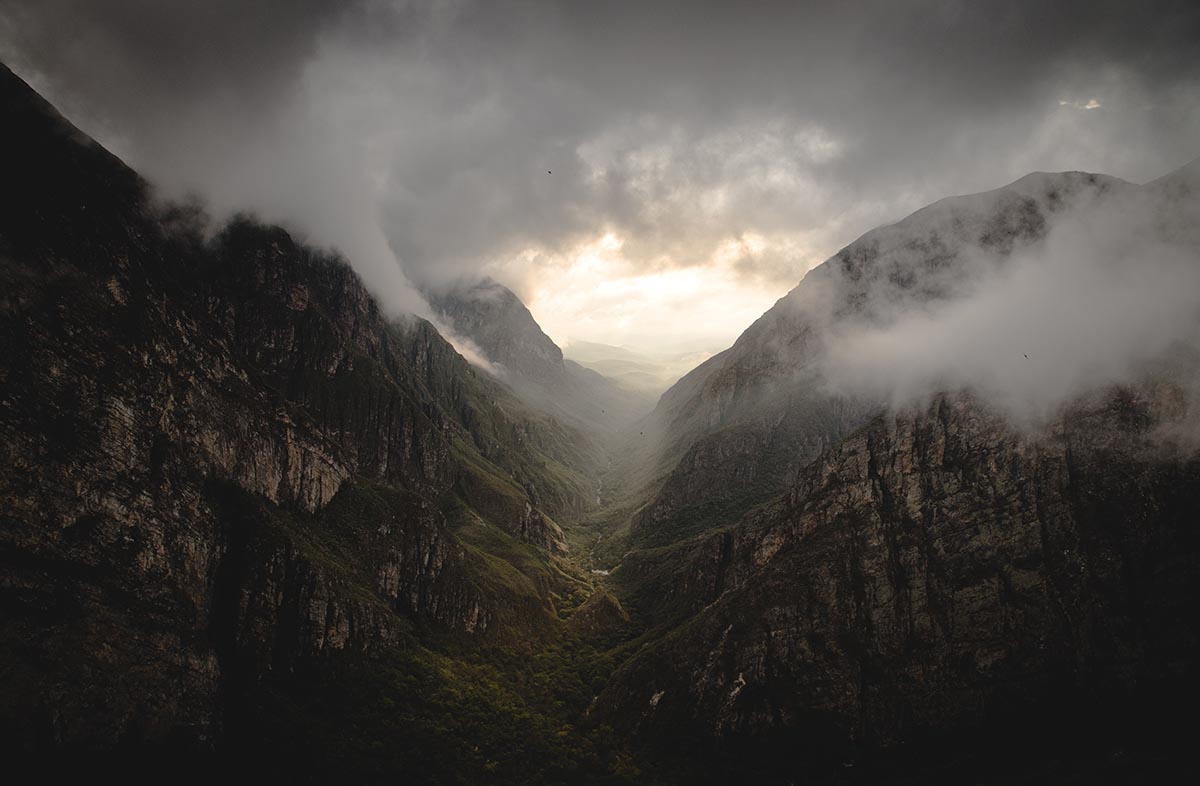
I’ve been visiting this place since I was a young boy, captivated by my family’s adventurous spirit and by the secrets behind each rock or bend in the road. Going up those mountains was an adventure in itself, since the dirt roads turned into muddy, squelchy trails when it rained. When we finally arrived in the highlands of Espinhaço, the biggest mountain range in Brazil, I felt as if I was on another planet – another reality, resembling an old past. Maybe Tolkien’s Middle Earth or Narnia’s battlefield. Thousands of sharp rocks jutted from the ground, all pointing the same direction. Tiny, colorful flowers grew between the stones, and small frogs, lizards, and insects watched us from their shelters. To my surprise, life just exploded from the seemingly dead soil.

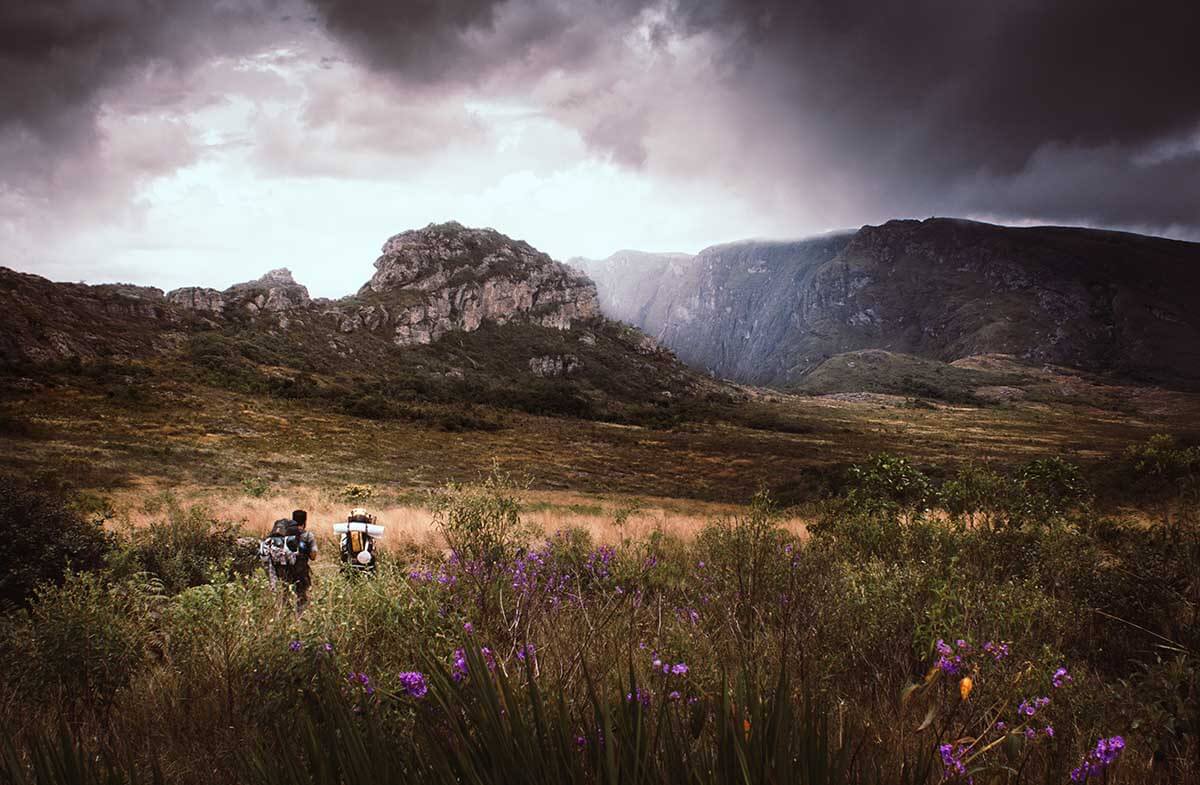
Every living creature in the campo rupestre experiences dramatic temperature variations, severe droughts, strong winds, hard sun, and extremely poor soil with high, heavy metal toxicity. You may be thinking very few living creatures are able to inhabit these places, but over the course of 1.8 billion years, a large diversity of life forms evolved on the rocks, making several types of physiological, biochemical, and morphological adjustments to survive the environmental stresses. This is what makes this flora and fauna so unique.
The campo rupestre is now emerging as the new Brazilian biome due to its singular biodiversity: 40% of the plants living here cannot be found anywhere else in the world, and even representing less than 1% of the Brazilian territory, the campo rupestre holds more than 15% of the entire flora of the country.
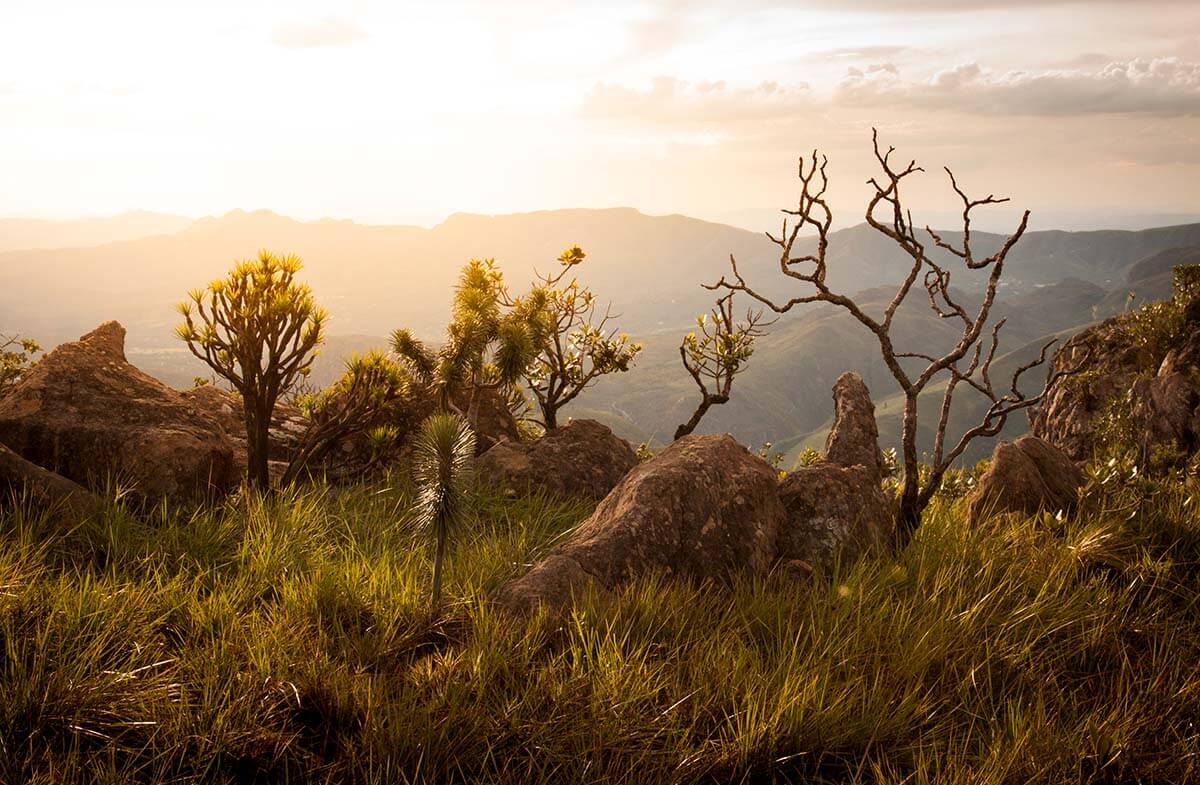

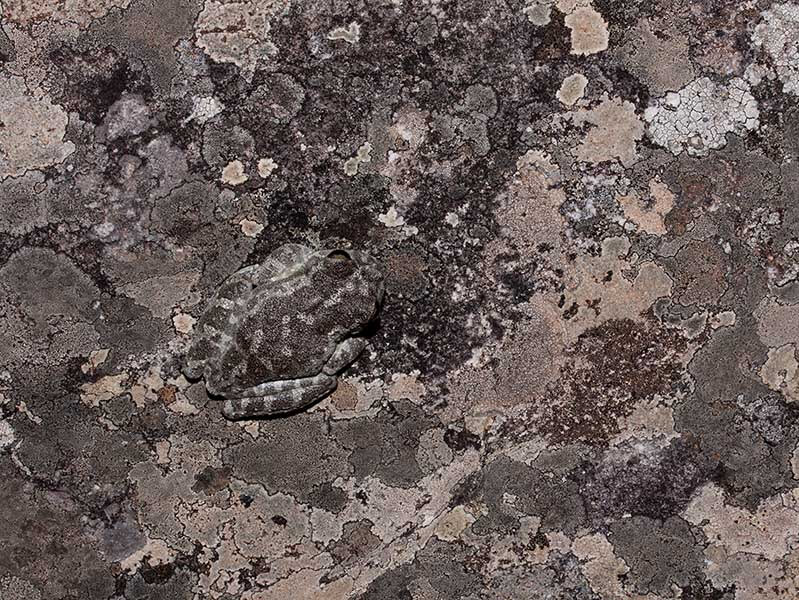
What I didn’t expect to see here was people, human beings like you and me, living on the rocks! Just as animals and plants were forced to adapt their way of life to this crude environment, so did people. Recordings of ancient human groups in the region date back 12,000 y.b.p. and thousands of archaeological sites have already been found in the Espinhaço mountain range, from rock paintings to manufactured objects, weapons, and funeral urns.
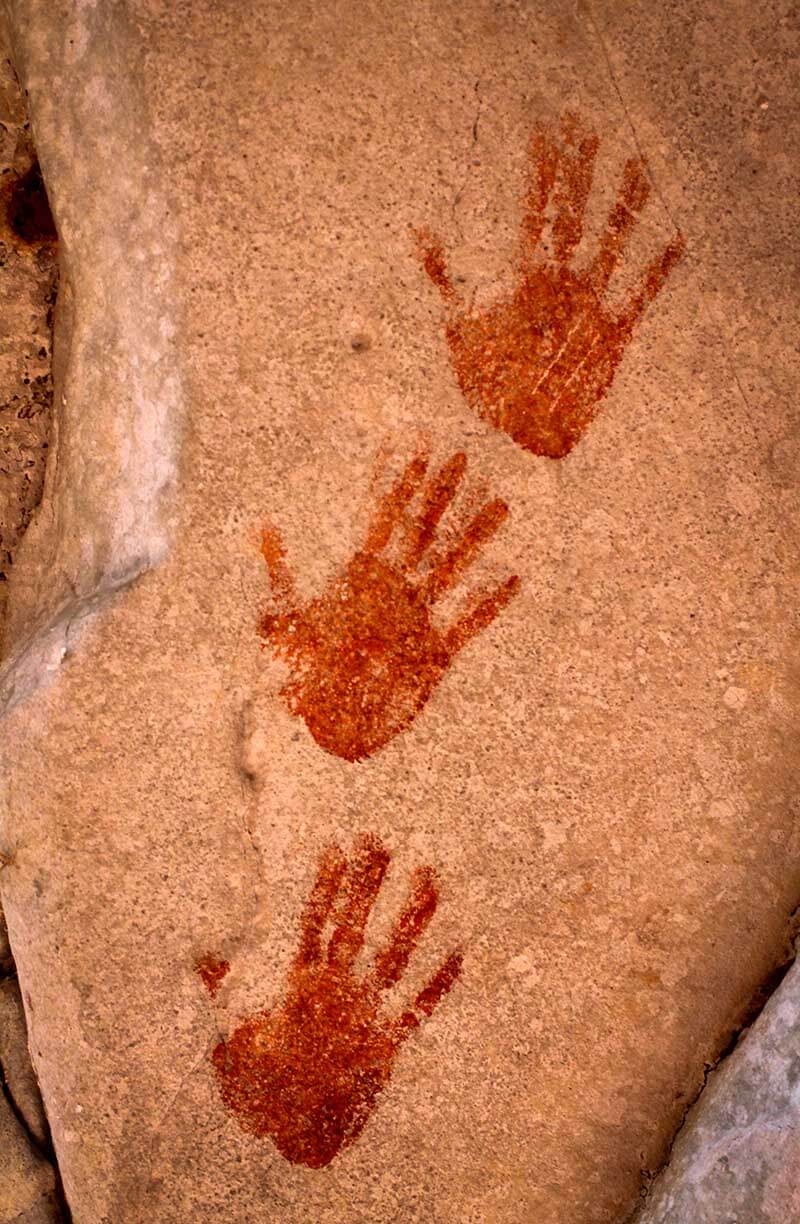
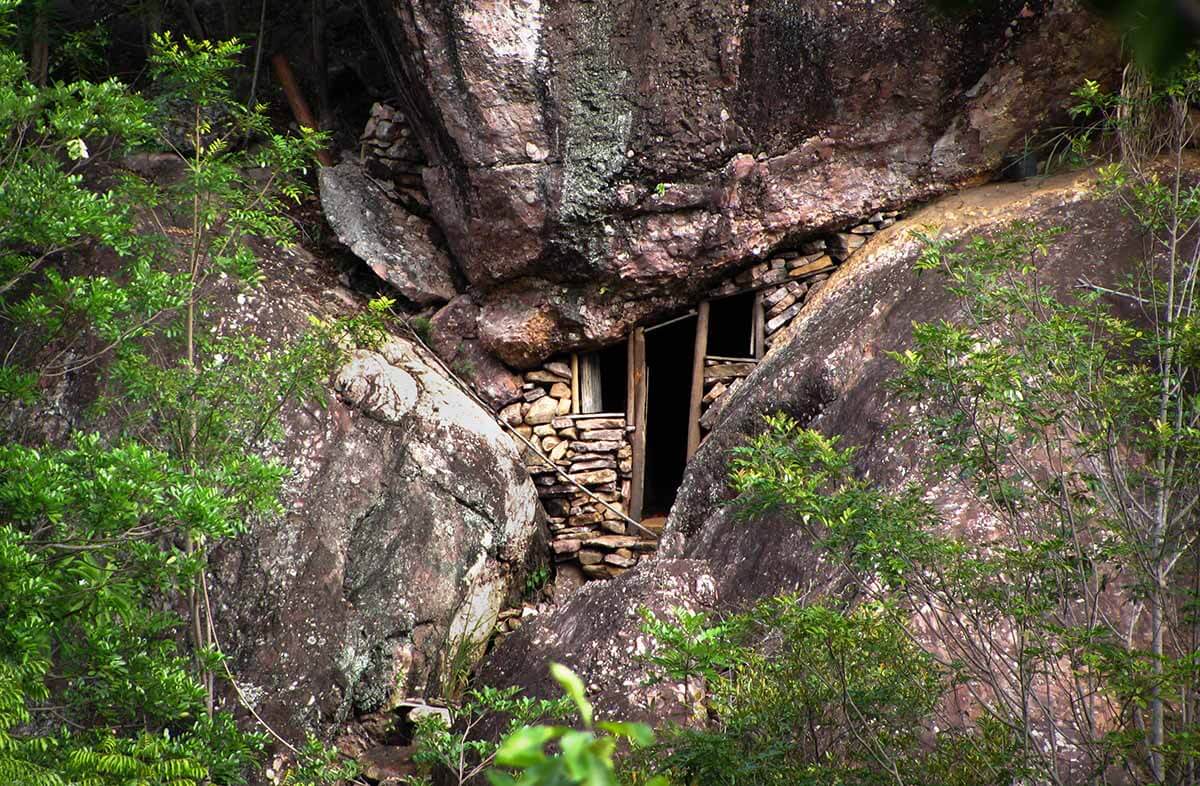
The rocky environment continues to be used by peasants who preserve their traditional way of life, based on family farming, hunting, fishing, and plant collecting.
Brazil’s history cannot be understood if we don’t look carefully to the campos rupestres, since the colonization process, the massive westward march in the quest for precious mineral and metals, and the 400 years of slavery were all motivated by those rocky grasslands.
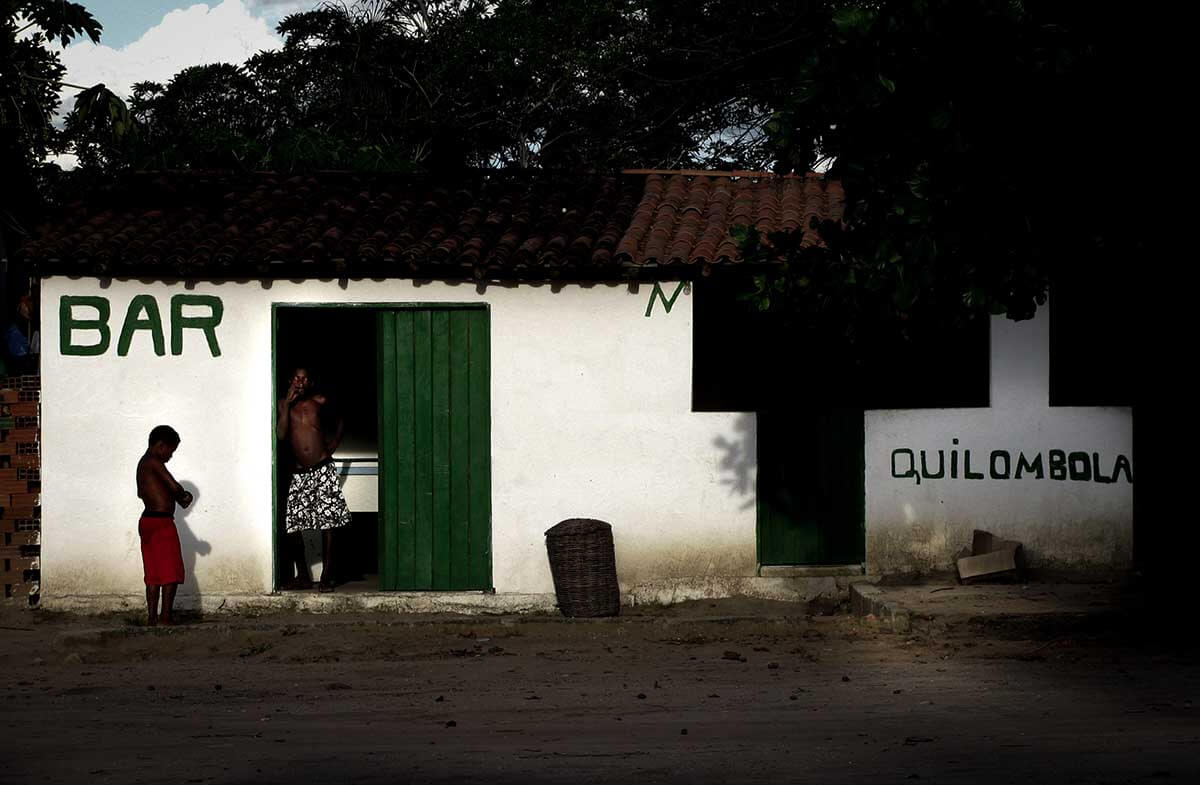
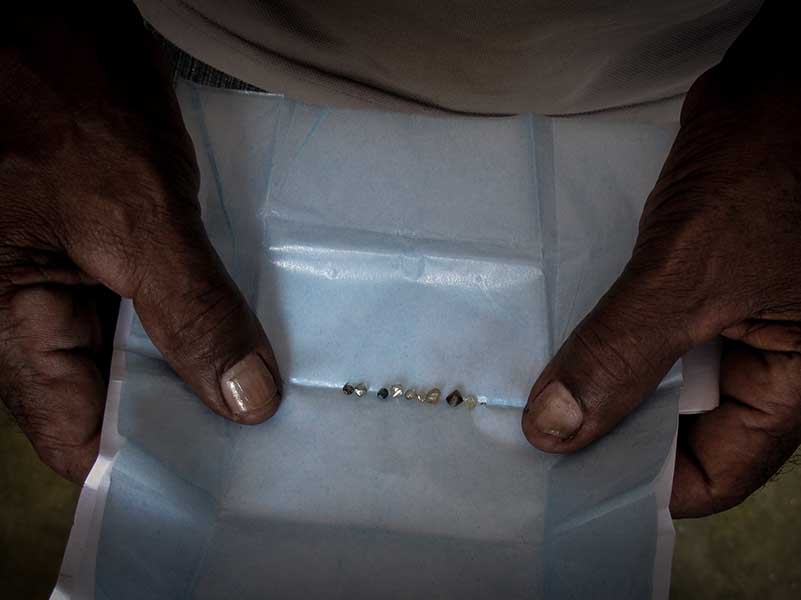
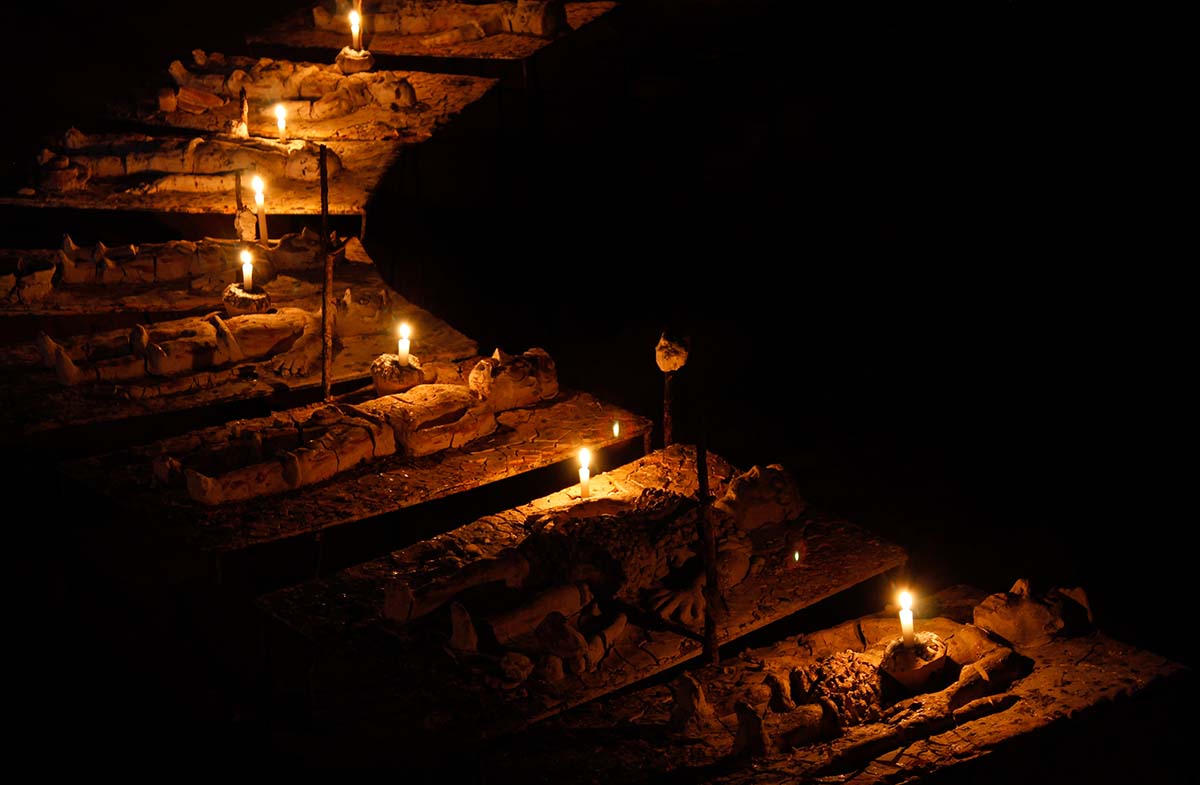
Unfortunately, this whole biological, historical and cultural heritage is now under severe threat by big mining projects, urban expansion, afforestation, illegal burnings, unplanned tourism, and biological invasions. Time will tell the future of the rupestrian lives. My hope relies on those people who have long lived there and have been fighting for centuries for their survival, their culture, their rights, their visibility, and their land. They know, more than anyone, how life can surprisingly arise from the rocks.
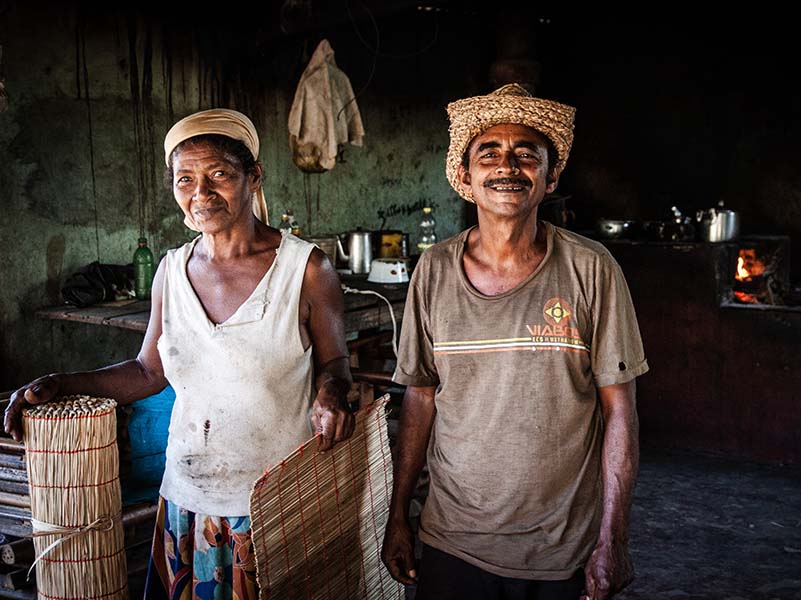
Discover similar stories in
discovery
Writer and Photographer
Augusto is a Brazilian biologist, nature photographer, and environmental storyteller.
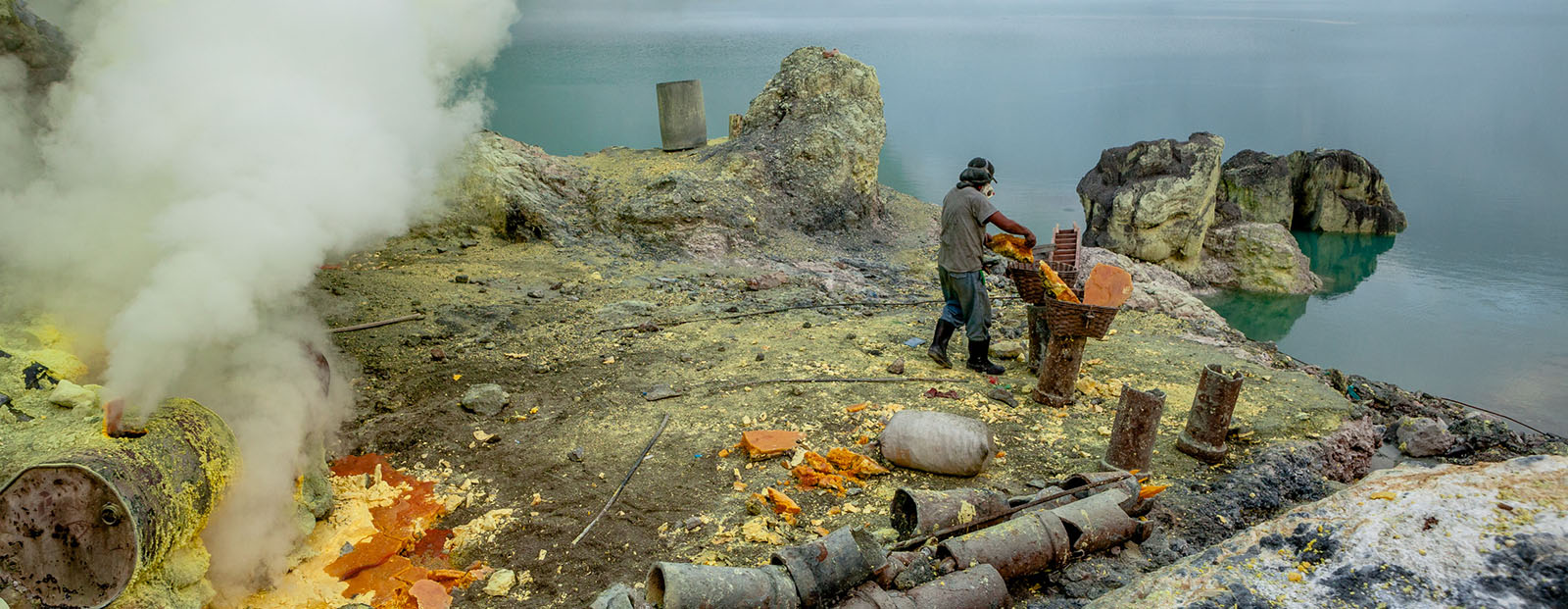
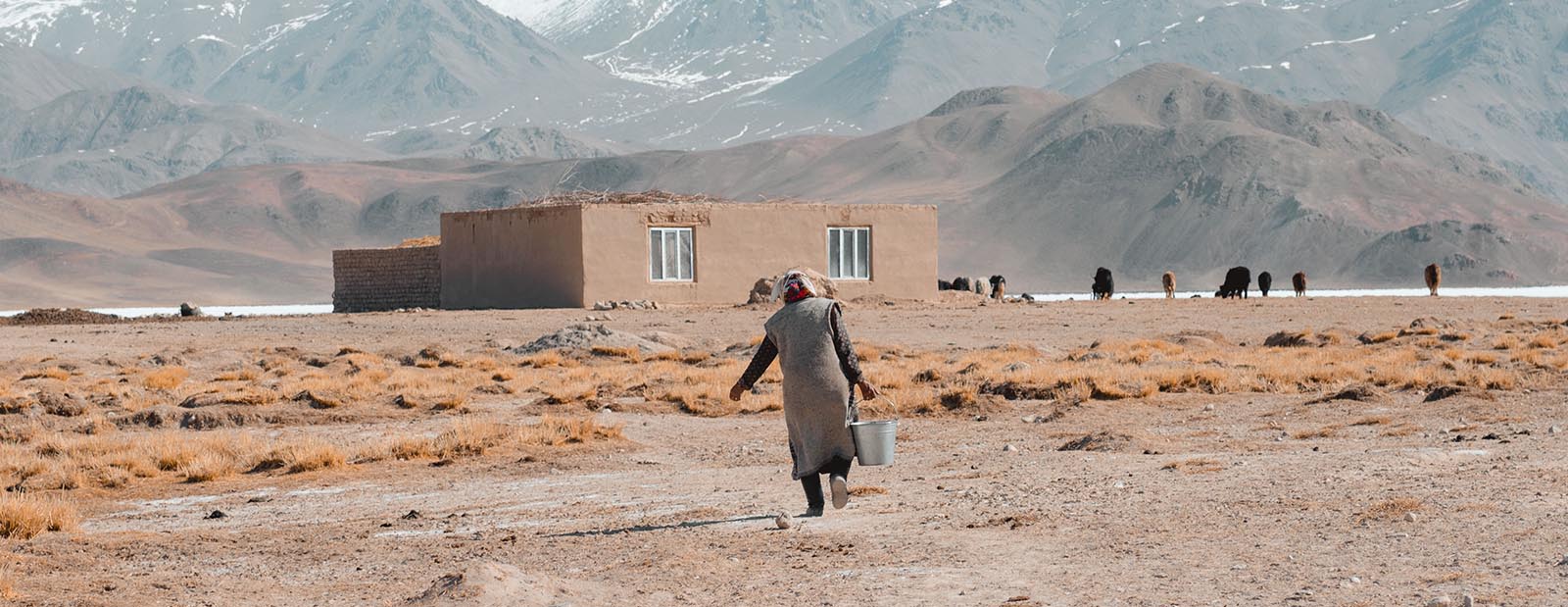


3 Comments
Such an amazing article. Opened my eyes to a complete new bioma!
I loved your article! Beautiful pictures, great writing, rich vocabulary. Thank you. I've learned a lot!
Wonderful Augusto, your photography is superb, your voice wonderful. You have shared a very special place and thank you for that.. Enjoy your next trip there I hope sooner than later.. Regards Keith